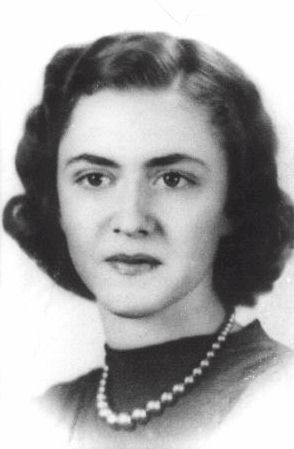
Due to the lack of trained Methodist ministers and the settlement patterns of colonial America, ministers were responsible for covering large geographic areas. His ministry covered several hundred miles ( Miller, 1966). During the early 1800s Tobias Gibson, an itinerant preacher sent from South Carolina, brought Methodism into the Natchez area of Mississippi. Tobias went to Lexington in Kentucky, and Jacob Lurton went to the Cumberland Circuit in Tennessee. If he gave notice of Asbury’s presence in Buncombe County, North Carolina, and it was effective as late as November 1800 it would seem that he must have lingered in the Blue Ridge area for a period before departing for his appointment in Natchez. Jones ( Methodism in Mississippi, I, 24 ff.) argues that Gibson reached Natchez late in March of 1799, which was nine months before he was officially appointed.

In January, 1800, he was appointed to Natchez, and sometime during the year he made a famous and perilous canoe voyage down the Mississippi and became the founder of Methodism in Mississippi. (See Minutes, 1805.) 121 Tobias was appointed to the Little Pee Dee and Anson Circuit in South Carolina early in 1799. He served circuits in the area, including Holston and North Carolina, until he went to Mississippi. He was born in Liberty (now Florence) County, South Carolina, and admitted to the conference in 1792. Tobias Gibson ( 1771-1804) was the founder of Methodism in Mississippi, to which he was appointed in 1800. Nashville- Thomas Wilkerson and Levin Edney The Natchez territory was reassigned, placing it in the Cumberland District with John Page aspresiding elder. He made his plea for help in traveling his territory, and was assigned Moses Floyd, of Georgia. He reported 85 white and two colored members of the Natchez Circuit, a decrease of 13 for the year. Gibson listened to preaching by William McKendree, Learner Blackman, Lewis Garrett, John Page and others at the Conference. Asbury was afflicted with rheumatism and had to be carried to and from meetings. Once he reached Strother’s, he met Francis Asbury, the bishop of the Methodist Episcopal Church. After his devotions, he used his saddle bag for a pillow and slept, aware of the danger. He made a fire with steel, flint and a punk, and ate his frugal meal. On his trip he stayed at wayside inns “kept by the Indians and half-bloods” when he could find one, and when he could not, he stopped about dark near water, provided for his horse by feeding him from his saddle blanket the corn he carried. TOBIAS GIBSON – AREAS OF MINISTRY AND CHURCH MEMBERS

Mullins family history and the Scots-Irish in Mississippi History of the Scots-Irish Settlement in Misissippi


 0 kommentar(er)
0 kommentar(er)
